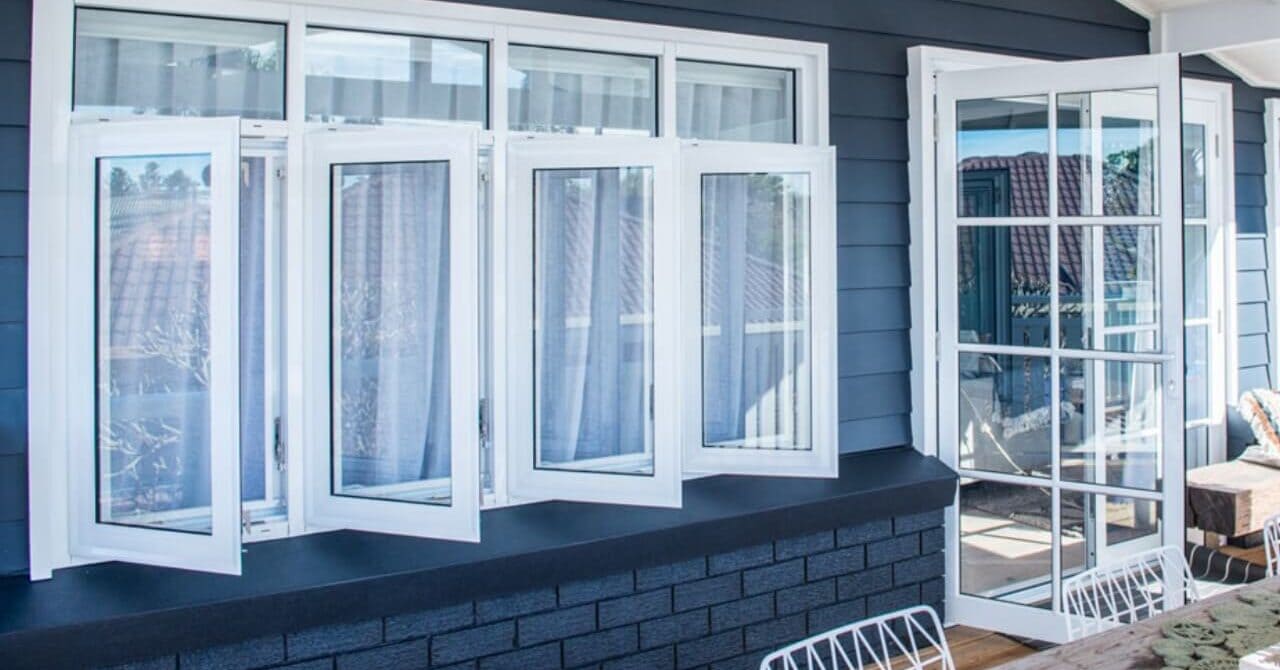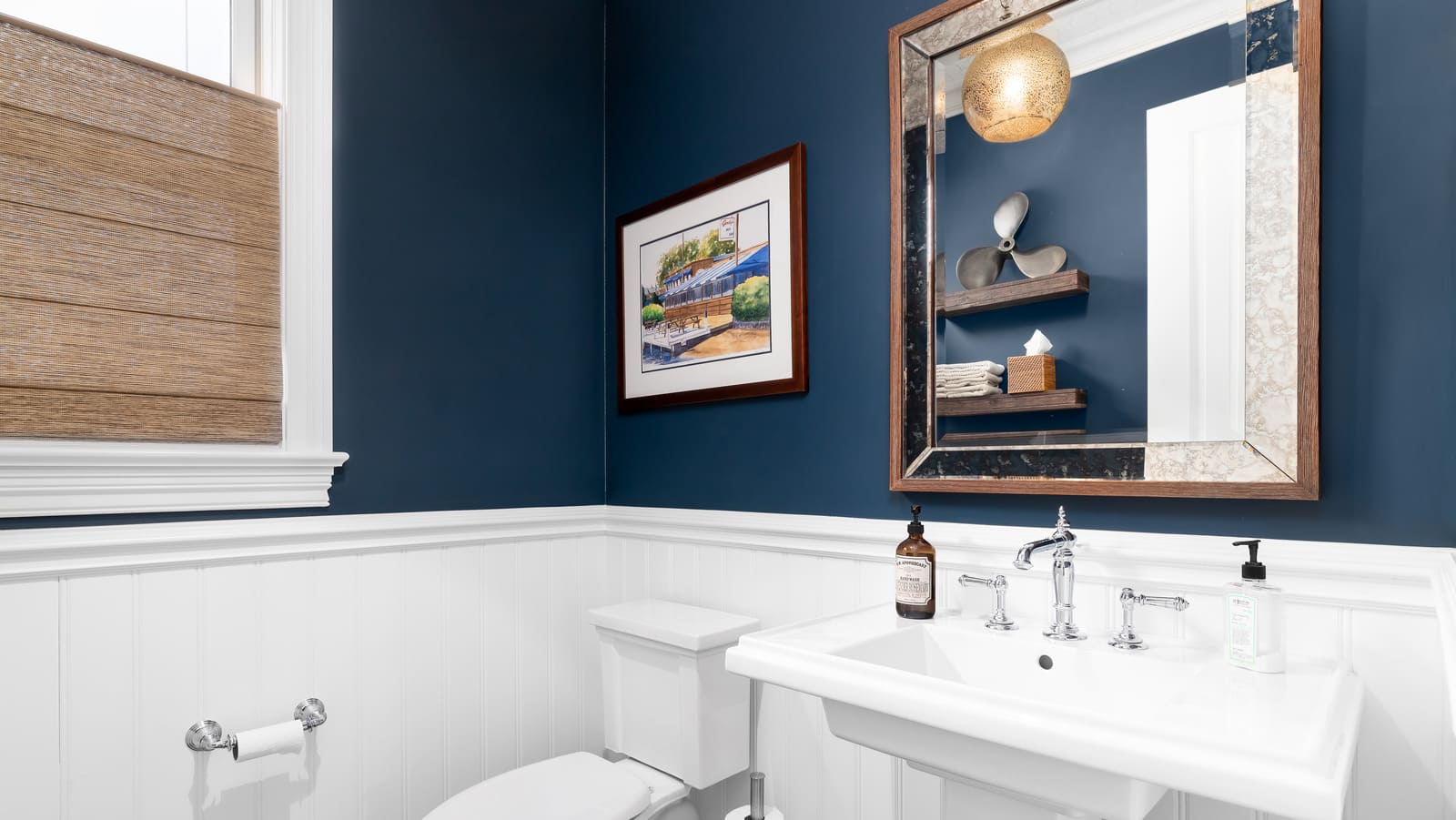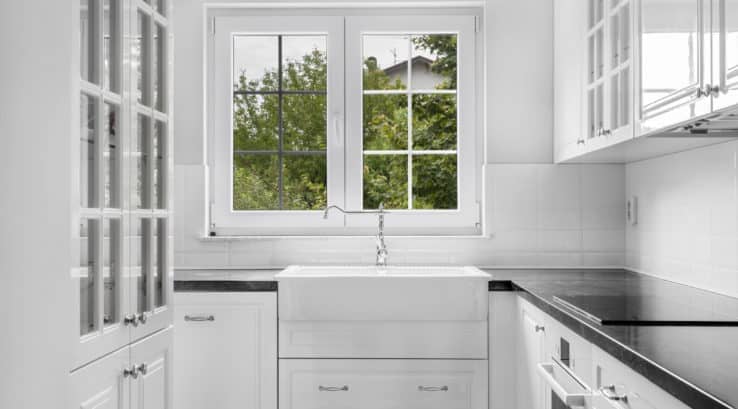Gabled windows, with their timeless charm and elegant silhouette, have been gracing architectural designs for centuries. These distinctive windows, characterized by their triangular shape at the top, not only add aesthetic appeal but also offer practical benefits to homes and buildings. In this comprehensive guide, we delve into the world of gabled windows, exploring their history, design variations, installation process, and the myriad advantages they bring to any structure.
Understanding Gabled Windows: A Historical Perspective
Gabled windows trace their origins back to medieval Europe, where they were prominently featured in Gothic architecture. These windows were often found in the upper levels of cathedrals, castles, and manor houses, serving both functional and decorative purposes. Over the centuries, gabled windows evolved in style and design, adapting to different architectural movements and cultural influences.
Design Variations and Styles
Gabled windows come in a variety of styles, ranging from traditional to modern interpretations. Some common variations include:
1. Traditional Gable Windows
Traditional gable windows feature a classic triangular shape formed by two sloping roof sections meeting at a central ridge. These windows are typically found in colonial, Victorian, and Tudor-style homes, exuding a sense of heritage and charm.
2. Dormer Gable Windows
Dormer gable windows protrude from the slope of the roof, creating additional space and architectural interest. These windows are often installed in attic conversions or upper-story bedrooms, allowing natural light to flood the interior while enhancing the exterior aesthetic.
3. Decorative Gable Windows
Decorative gable windows serve as focal points of architectural design, showcasing intricate tracery, leaded glass, or stained glass panels. These ornate windows add character and personality to a home, elevating its curb appeal and visual impact.
Installation Process and Considerations
Installing gabled windows requires careful planning and expertise to ensure optimal performance and longevity. Here are some key considerations:
1. Structural Integrity
Before installing gabled windows, it’s essential to assess the structural integrity of the building to accommodate the additional weight and load distribution. Reinforcements may be necessary to support the roof and frame.
2. Weatherproofing
Proper weatherproofing is crucial to prevent water infiltration and ensure the longevity of the windows. Flashing, sealants, and waterproof membranes should be applied meticulously to create a watertight seal around the window openings.
3. Professional Installation
Given the complexity of gabled window installation, it’s advisable to hire experienced professionals who specialize in architectural glazing and fenestration. Professional installers have the expertise and equipment to execute the installation safely and efficiently.
Advantages of Gabled Windows
Gabled windows offer a myriad of benefits to homeowners and building occupants, including:
1. Natural Light and Ventilation
Gabled windows allow ample natural light to enter the interior spaces, reducing the need for artificial lighting during the day. Additionally, these windows can be designe to open, promoting natural ventilation and airflow throughout the building.
2. Architectural Appeal
From charming cottages to stately mansions, gabled windows enhance the architectural appeal of any structure, adding character, charm, and visual interest to both the interior and exterior.
3. Energy Efficiency
When properly installed and insulated, gabled windows contribute to the overall energy efficiency of a building by minimizing heat loss in the winter and heat gain in the summer. This can result in lower utility bills and reduced environmental impact.
Conclusion
In conclusion, gabled windows are not just architectural elements; they are timeless symbols of elegance, craftsmanship, and functionality. Whether adorning a historic landmark or a modern residence, these windows continue to captivate the imagination and inspire awe with their beauty and versatility.





